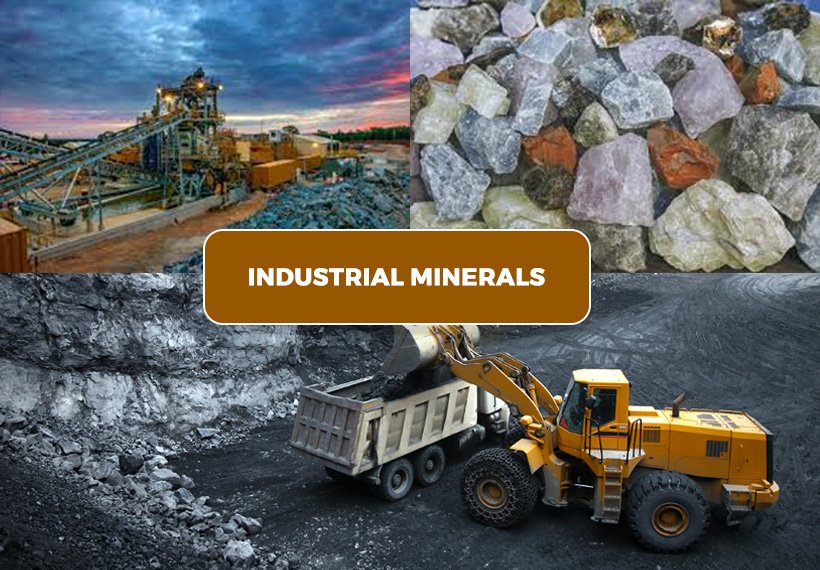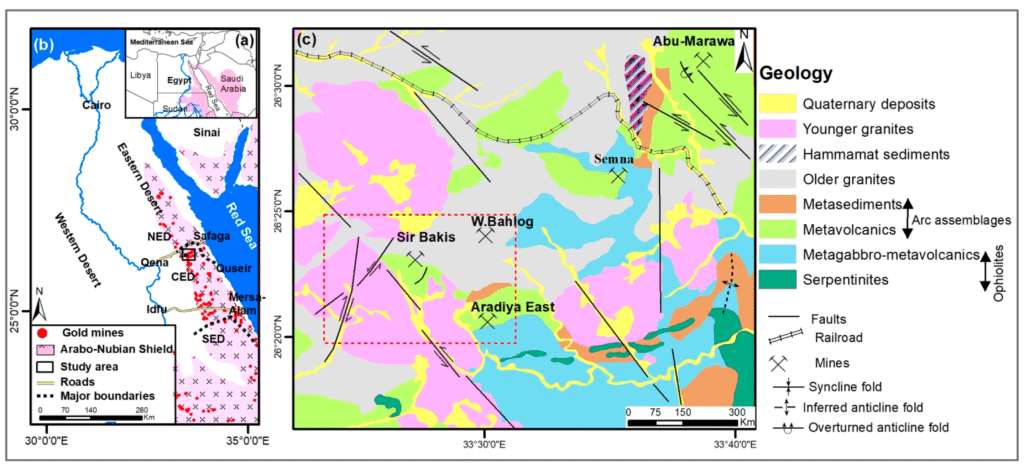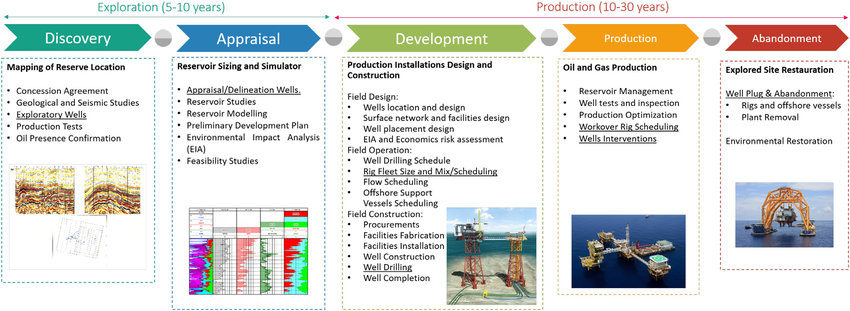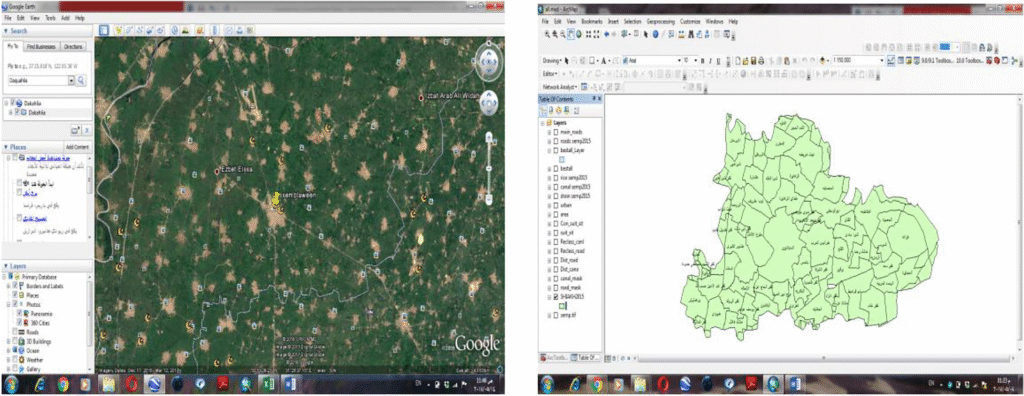Metallic & Industrial Minerals Tenure Regulation

Effective metallic and industrial minerals tenure regulation is essential for balancing economic development , environmental protection , and land-use planning . These regulations govern who can explore for and extract minerals, where they can operate, and under what conditions — ensuring transparency, sustainability, and fair access to natural resources.
🏛️ What Is Mineral Tenure?
Mineral tenure refers to the legal right granted by a government to an individual or company to explore for or mine metallic and industrial minerals on public or private land. It does not confer ownership of the land , but rather the right to access and extract subsurface minerals under regulated terms.
Tenure systems vary by country and jurisdiction (e.g., state, province, or federal), but most follow a staged approach:
- Prospecting Permit – Initial reconnaissance and sampling
- Exploration License/Lease – Detailed drilling and resource assessment
- Mining Lease or Production License – Full-scale extraction and processing
- Reclamation & Closure Compliance – Post-mining land restoration
⚖️ Key Components of Tenure Regulation
1. Types of Minerals Covered
Regulations typically distinguish between:
- Metallic Minerals : Gold, copper, iron ore, zinc, etc.
- Industrial (Non-Metallic) Minerals : Limestone, silica sand, kaolin, gypsum, talc, barite
- Bulk/Construction Materials : Aggregate, gravel, crushed rock
In many jurisdictions, industrial minerals have separate or simplified tenure rules due to lower environmental impact and widespread use.
2. Land Access & Staking Systems
Governments use various methods to assign mineral rights:
- First-in-time registration (e.g., online claim staking)
- Competitive bidding or auctions
- Direct application with technical and financial qualifications
Some regions prioritize local or Indigenous-owned businesses in licensing.

3. Environmental & Social Requirements
Modern tenure systems require applicants to demonstrate:
- Environmental impact assessments (EIAs)
- Water usage plans
- Reclamation bonds or financial assurances
- Engagement with local communities and Indigenous groups
Failure to comply can result in fines, suspension, or cancellation of tenure.
4. Royalties and Fees
Holders pay:
- Annual rental fees per hectare during exploration
- Production royalties based on mineral value
- Taxes (corporate, severance, etc.)
These funds support public services and reinvestment in sustainable development.

🌍 Regional Examples of Tenure Frameworks
| Canada | Provincial Ministries (e.g., MNDMNRF in Ontario) | Separate processes for metallic vs. industrial minerals; some provinces allow “free entry” for exploration |
| United States | BLM (federal), State Agencies | Federal lands managed under FLPMA; industrial minerals often licensed through state programs |
| Australia | State Departments (e.g., NSW Resources Regulator) | Clear distinction between mining leases, prospecting permits, and extractive industries |
| South Africa | Department of Mineral Resources and Energy (DMRE) | Governed by MPRDA; requires transformation and community benefit sharing |
Many countries are moving toward digital tenure platforms for transparent, real-time claim management.

❓ Frequently Asked Questions (FAQs)
Q: What’s the difference between metallic and industrial minerals in tenure systems?
A: While both are governed by mineral laws, industrial minerals often have simpler permitting , lower fees, and shorter approval timelines due to their lower environmental risk and widespread availability.
Q: Can I stake a mineral claim on private land?
A: Only with the landowner’s consent . On public land, claims are subject to government rules and may be restricted in protected areas (parks, watersheds).
Q: What happens if I don’t renew my mineral tenure?
A: The claim lapses and becomes available to others. Any work completed (e.g., drilling data) may need to be submitted to the regulatory authority.
Final Thoughts
Well-designed metallic and industrial minerals tenure regulation ensures that mineral development proceeds in a fair, responsible, and sustainable manner . As demand grows for critical minerals and construction materials, clear, transparent, and enforceable tenure systems will remain vital to economic growth, environmental stewardship, and social equity.

